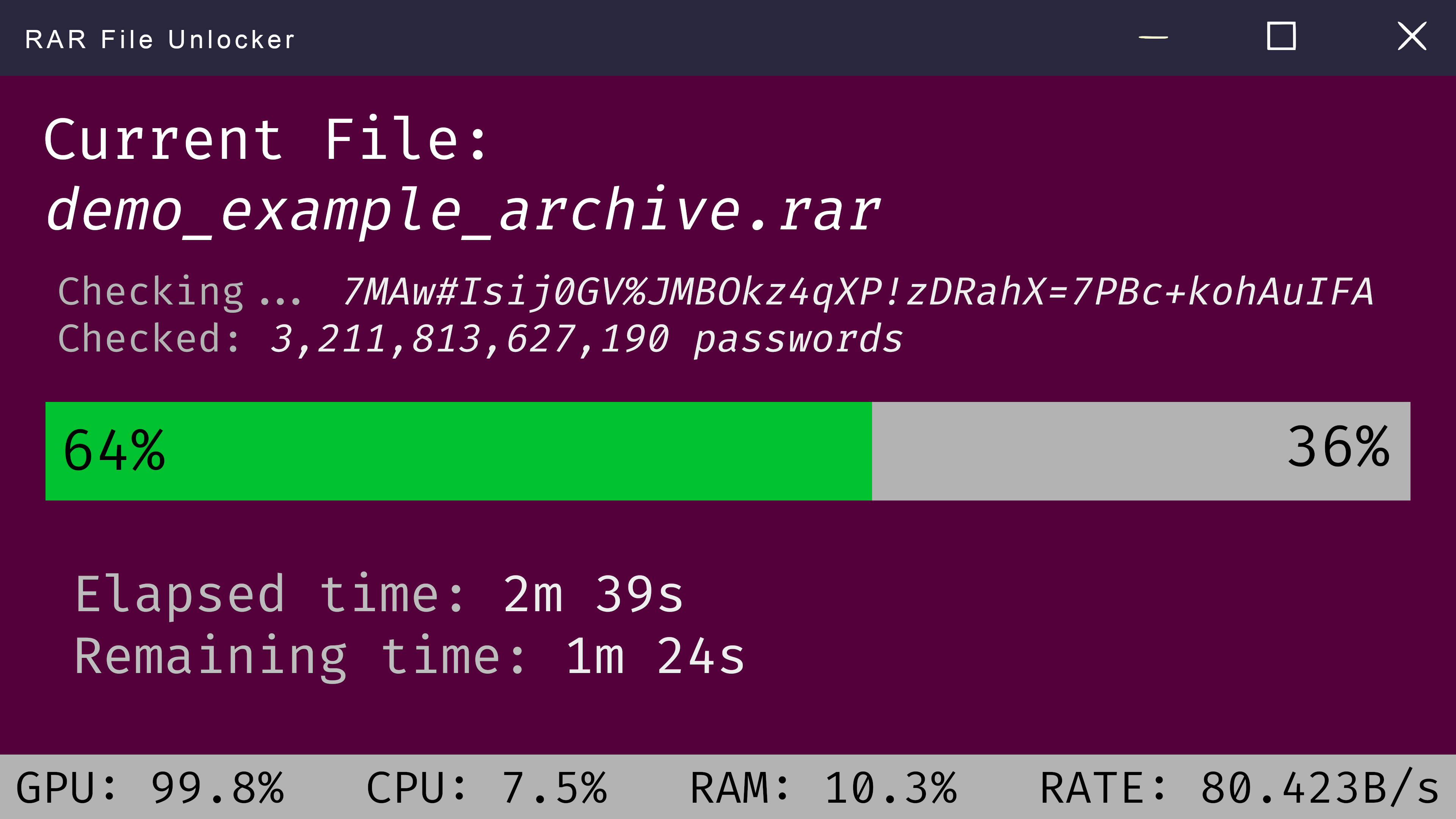Understanding RAR Dictionary Size: A Comprehensive Guide
When dealing with file compression, particularly with the RAR format, you might encounter the term "RAR dictionary size." This crucial parameter significantly impacts the compression ratio and extraction speed of your archived files. This comprehensive guide delves into the intricacies of RAR dictionary size, explaining its importance and how to optimize it for optimal results.
What is RAR Dictionary Size?
In essence, the RAR dictionary size refers to the amount of memory the RAR compression algorithm utilizes to identify and compress repetitive data patterns within a file. Imagine it as a vocabulary the algorithm builds while compressing. A larger dictionary allows the algorithm to recognize and replace longer repeating sequences with shorter references, leading to higher compression ratios.
How Does RAR Dictionary Size Impact Compression?
The choice of RAR dictionary size directly influences the compression ratio and speed:
Compression Ratio:
- Larger Dictionary: A larger dictionary typically results in higher compression ratios, particularly for files with redundant data like text documents, spreadsheets, and some types of images. This is because a larger dictionary can store more patterns, enabling the algorithm to find and compress repetitive sequences more effectively.
- Smaller Dictionary: A smaller dictionary may be suitable for files with less repetitive data, like compressed images (JPEG, PNG) or video files. Using a larger dictionary on such files might not yield significant compression gains and could even increase the archive size.
Compression Speed:
- Larger Dictionary: While offering better compression, a larger dictionary demands more processing power and time for both compression and extraction. This is because the algorithm needs to search through a larger dictionary, demanding more system resources.
- Smaller Dictionary: A smaller dictionary generally leads to faster compression and extraction speeds as the algorithm works with a smaller set of data, requiring less processing time.
Choosing the Optimal RAR Dictionary Size
Selecting the ideal RAR dictionary size depends on the type of files you're archiving and your priorities:
- For High Compression: If maximizing compression is your priority, and you're dealing with large files containing repetitive data, opt for a larger dictionary size.
- For Faster Speed: If speed is crucial, and you're compressing files with less redundancy or dealing with limited system resources, a smaller dictionary size would be more efficient.
- Finding a Balance: Most RAR applications offer a range of preset dictionary sizes. Experimenting with these presets can help you find a good balance between compression ratio and speed for your specific needs.
Best Practices for RAR Dictionary Size
Here are some additional tips for managing RAR dictionary sizes effectively:
- Default Settings: Modern RAR applications often automatically choose a suitable dictionary size based on file type and size. Sticking with the default settings is usually a safe bet.
- Solid Archiving: When creating solid archives (where multiple files are treated as a single compression unit), using a larger dictionary size often yields better compression.
- Benchmarking: If you frequently work with large archives or specific file types, consider benchmarking different dictionary sizes to determine the optimal setting for your use case.
Conclusion
Understanding the role of RAR dictionary size empowers you to control your file compression process effectively. By carefully considering factors like file type, desired compression ratio, and speed requirements, you can fine-tune this parameter for optimal archiving results. Remember, a well-chosen dictionary size can significantly reduce file sizes, saving storage space and improving data transfer speeds.
This guide provides a comprehensive understanding of RAR dictionary size and its implications. Utilize this knowledge to optimize your compression strategies and achieve the best possible outcomes for your archiving needs.


 Windows
Windows MacOS
MacOS Linux
Linux